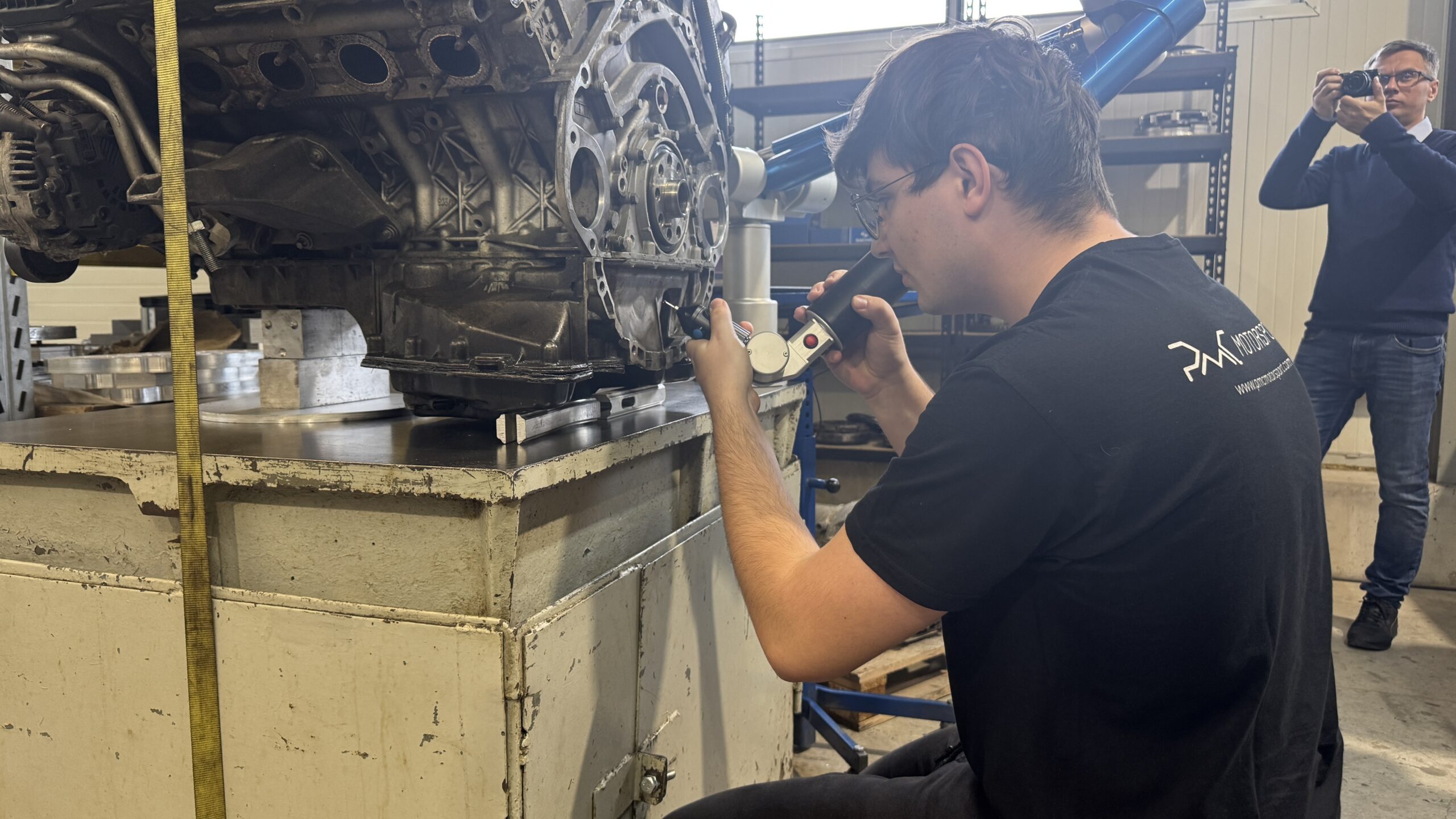
Your best technician made a serious error and blew up an engine. The car belongs to a customer who is a noted complainer, who just finished tearing a strip off you. You’re steaming. You’re ready to blow. But the way you’re thinking of reacting isn’t the right way to go.
In a presentation at the 2025 Midwest Auto Care Alliance Hi-Tech Training & Expo in Kansas City, Rick White, president of 180 Biz, went through how you should approach managing technician errors in your auto repair shops.
White’s method focused on emotional intelligence, empathy and transforming mistakes into valuable learning experiences for the entire team.
He used the example of the technician making a mistake on the car belonging to that difficult customer.
“What is my initial reaction? I mean, be honest: I want to rip his head off and [jump] down his neck,” White admitted, acknowledging the intense emotions that such situations can provoke.
However, he emphasized that acting on these initial impulses can be detrimental to both the individual technician and the overall team dynamic. Instead, he introduced the concept of a “WTF timer” that he uses — a 90-second period during which managers can privately express their frustrations through physical actions like shouting or jumping. He recommended going where no one can see or hear you let off steam before you raise the issue with staff.
“Once my timer goes off, I immediately go, ‘What am I going to do about it? That was the emotional part. I’m done. What am I going to do about it?’“ White explained.
This brief emotional release allows managers to approach the situation with a clearer, more solution-oriented mindset. White stressed the importance of recognizing the technician’s emotional state.
“He feels terrible, doesn’t he? He’s probably feeling embarrassed, ashamed, and scared of losing his job,” he said.
The core of White’s approach lies in how managers address the technician after the incident.
He provided a script that begins with affirmation: “Hey, Bill. Listen man, I got to tell you, I’m really glad you’re part of the team. You’re a great technician, and I am so proud you’re here.”
This positive reinforcement helps alleviate the technician’s fears and sets the stage for a constructive conversation, White said. He then suggested the next step to be framing the issue as a collaborative problem-solving opportunity
“I need your help. We need to figure out what happened so we can make sure it never happens again. Would that be OK?” would be the next part of the script, White explained. This approach not only addresses the immediate problem but also involves the technician in preventing future occurrences.
It’s all about turning the mistake into a learning opportunity for the entire team. White proposed asking the technician to share their experience at the next morning huddle.
“Bill, what I’d like once we figure out what’s going on, if you don’t mind, at the next company meeting, would you be willing to share with the rest of the team what happens so we can make sure they don’t do it?” While used as a suggested as a way to close out the possible script.
This strategy, according to White, transforms the narrative from one of punishment to one of empowerment.
“Instead of me talking about it with Bill sitting in the meeting, feeling like not only is he under the bus, I rolled over him and backed it up. Bill’s having that conversation that is building him up. It’s empowering him,” he explained. “It’s making him the leader that he sees himself being.”
Image credit: Depositphotos.com













Leave a Reply